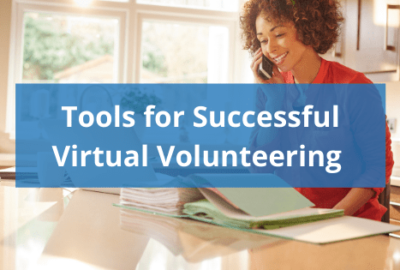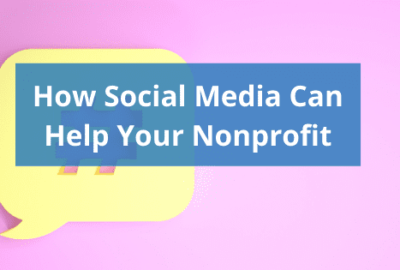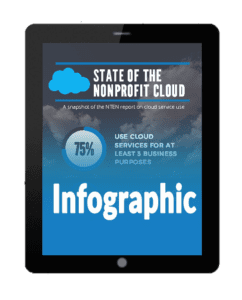Nonprofit Tips
Cultivate Your Supporters and Retain Your Donors!
By Jennifer Phan
Last month, we discussed how to properly request for donations through social media. On a larger scale, the way you treat your donors at any channel correlates to the amount they are willing to contribute to your organization. Do you feel that you have been providing your donors with the friendliest experience?
The donor continuum is defined as the journey nonprofit organizations send their supporters through, beginning from the first inquiry to when they become a committed donor or even when they entrust a bequest to the organization. Seeing that a plethora of supporters fall off the continuum, we will discuss better ways to preserve their presence.
How exactly do you respond to their inquiries, especially when they request for specific information? We hope that you don’t direct them to something you assume they had already seen or that you already sent out by saying, “you can find that on our website, or that information is found in the newsletter we sent out last month.” Such words sound as if you’re depreciating them. It makes them feel ashamed, as if they should have already known that. You also shouldn’t make them go the extra mile while you can so easily access the information, and quickly send over what they are looking for. Meet them where they are instead of making them come to you.
Chances are, people are not going to make the effort to come to you when it involves going out of their way. As you have the lower hand in these circumstances, it should be your obligation to provide them with care, consideration and convenience – gently show them the way along your donor continuum.
First and foremost, show your supporters their contribution and involvement is valuable. Show them their support is always much appreciated. Often times, you may not realize the little effort you put into making your supporters feel welcomed and respected. It goes beyond sending them a thank you; it’s about making them feel thanked.
Second, effectively deliver information to those whose interests your organization peaks. Show them that you would go the extra mile for them just as they would go the extra mile to make a donation. You can start with a welcome series, “a series of emails automatically sent to new subscribers, donors, ect. over the course of time that educations them about your organization and encourages them to become more engaged and connected.”
Having a welcome series is the safest route to reach new members. It doesn’t make you appear too direct, and allows you the perfect opportunity to introduce yourself to new subscribers and ease them into the regular flow of things. If you simply throw brand new subscribers into your regular email flow, they will feel perplexed. The messages you’re sending in your main marketing emails will not make sense to them. As an alternative, you should walk with them, step by step – convey your story, discuss the impacts you have made, tell them of exclusive perks for donors/members, and include a calendar year of events they can look forward to – all while establishing a warm connection. More than likely, you will give your subscribers a wowing first impression.
According to Emma, “the average open rate for a welcome email series is 50%, making them 86% more effective than email newsletters. And get this: subscribers who receive a welcome email show 33% more long-term engagement than those who aren’t welcomed appropriately.”
If you don’t have a welcome series, we recommend you craft and coordinate one now so that you don’t miss out a key engagement opportunity. Read Emma Email Marketing’s article to gain a better understanding of the benefits of an email welcome series as well as a fascinating step by step guide!
Last by not least, we hope you have been taking time to hear out your members and supporters. If you realize you haven’t, you may want to act now and start taking their comments and complaints seriously.
“Research firm TARP has found that for every person who complains, there are 26 who do not. That means if 10 individuals complain, another 260 may have quietly dumped you, never to call again.”
Listening intently and responding carefully to your donors and potential donors will help improve mutual understanding and trust. Even if you can’t particularly deliver them what they want, by offering an alternate solution, you build a strong relationship along with improved communication. Remember to act on the solution with a sense of urgency. They might respond more positively to your focus on helping them immediately versus on the solution itself. Asking them for their feedback on how you can improve the way you serve them is also key. Keep up with the pace of constant feedback from your respondents and act accordingly. It’d be a waste if you didn’t consider their suggestions. After all, they are your most precious assets – your donors and supporters.
These listed actions do take up some time, but if you properly show gratitude, provide them with necessary information, and give them all ears, there is no doubt they will be much happier. And since you give them no valid reason to steer away, the chances that they will continue to support you are going to be high.
Always keep in mind that the way you treat your donors greatly affects their length of stay on the donor continuum. Let this be the drive of your endeavors.










